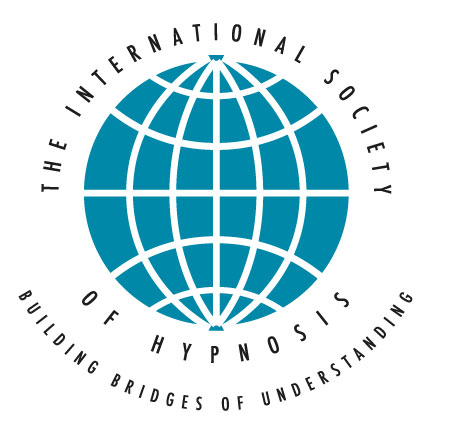Psychological Research, 84(5), 1460–1471. DOI:10.1007/s00426-019-01162-w
In hypnosis research the scientists get onto the frontline of many methodological problems. This article helps the researcher to standardize and automatize the research process through exposing the main turning points, and also opportunities to expand the hypnosis experimentation universe with larger, complex, extensive, and diverse samples. Hypnosis is a special face to face, rapport, and human presence-type art and technique. How can we “automatize” and standardize the deepest connection of therapy and research it in the lab? The main point is to examine more large “samples”. How can we reach more people effectively? How can we optimally organize group hypnosis sessions and pre-scanning of hypnotizability.
The study used SWASH the Sussex Waterloo Scale of Hypnotizability (SWASH; Lush et al., 2018) to measure hypnotizability with 71 participants, avoiding the triggering items like age regression. The first round was measured offline in a group session and after that in two groups measured online (45) in the lab or offline (26) at home. Between the two sessions, a maximum of 6 months passed.
The composition of the sample needs more diversity. According to a meta-analysis (Montgomery et al., 2000), only one article was found with a broad and diverse sample. The rest of the 27 articles used university students because of sampling convenience.
The on-line screening helped to standardize the induction process, avoid the bias of the presence of the experimenter, and make the whole recruitment process easier and less time-consuming. According to this research the delay between the hypnotizability measurements has to be more than 5 months to avoid boredom and hypnotizability point declination.
In the offline group the researchers registered more depth of hypnosis. The online group generated less commitment and less hypnotizability points.
The authors emphasize that it’s important to examine the gender differences in relationship to the online screening, because only 7 men took the part in online sample. The hypnotic research community needs to consider the possibility that gender differences could play an important moderating role in hypnotic suggestibility.
This article, published in 2019, is timely, given the current use of AI and VR technologies. What do online measures of hypnotizability offer for the future of hypnosis research?
